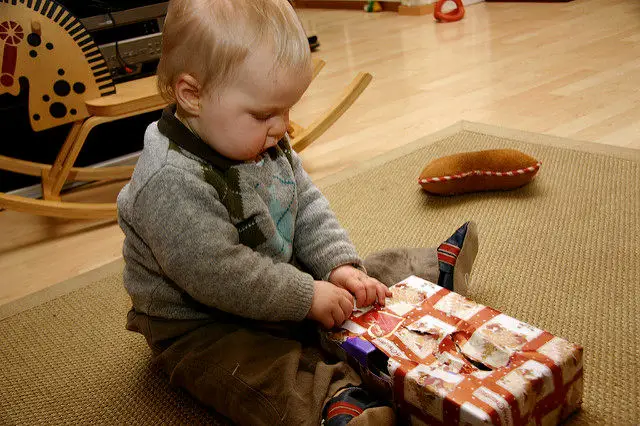Jonathan Dodd’s latest column. Guest opinion articles do not necessarily reflect the views of the publication. Ed
There are two distinct pleasures at Christmas. They’re complementary, and entirely separate, and they have completely different aspects. I’m talking about presents. The receiving and the giving.
Nobody needs to learn how to receive presents. Just look at the faces and the excitement of children confronted by the mystery of packages that hide gifts. The instructions to wait before opening are received almost as a kind of pain, and the actual unwrapping is a frenzy of emotional excess that’s almost unrivalled in any human experience. You could almost think that we spend all of our adult lives trying to re-experience that pure unthinking ecstatic joy.
Bought and wrapped with maximum impact and fun in mind
Children have the advantage over those of us who are adults. All their presents are designed to give them pleasure, they have been bought and wrapped with maximum impact and fun in mind, and they are mostly unserious. There’s sometimes an earnest present included, but the unwrapping still goes ahead, the article put aside and the next present searched for with hardly a pause.
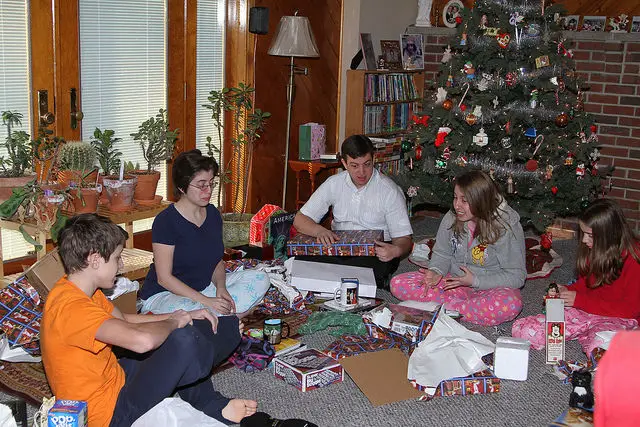
Once the unwrapping has finished, that’s a different world. There you are, with nothing left to unwrap, and two separated piles, one mass of ripped paper, and a collection of actual presents, each of which needs to be approached with much more thought and much less emotion. You can spend all day putting together a train set, or extricating a doll from its extensive packaging, or starting to read a longed-for book.
Go round to your friends’ houses and compare notes
Gradually the heap of shiny new things starts to merge into everything else you own, and life goes on. You have to thank people for their presents, and you have to lay the table or wash up before you can settle down to that new DVD or video game or go round to your friends’ houses and compare notes. And pretty soon everything goes back to normal.
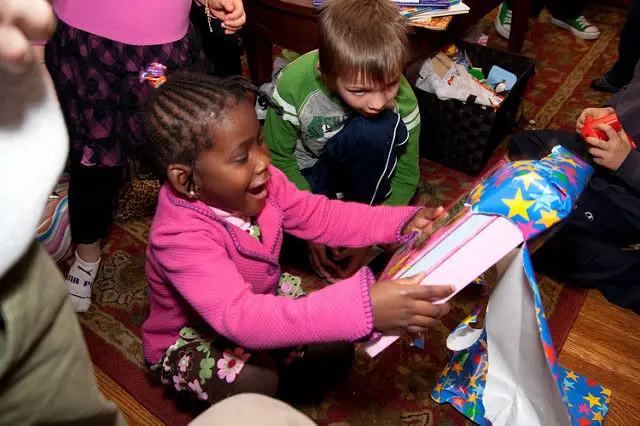
Not everyone behaves this way with their presents. I remember the house of one of our neighbours, where their two boys woke up first on Christmas morning, crept down the stairs and opened every present they could find under the tree. And I mean every present. It took them quite a while to get over that. Another child I knew went the completely opposite way, exclaiming in a very loud voice after opening every present – “Oh thank you! That’s exactly what I wanted!”
We used to rip that wrapping paper into tiny pieces
My mother used to take longer with every present than anyone else I ever met. She would worry way at the edges of each piece of sellotape, pulling it off gradually, trying not to tear the paper. Then she would fold the paper into quarters in a pile on her lap and reach for the next one. She hardly even noticed what was in the presents themselves. And sure enough, for years afterwards our presents would be re-wrapped in the same old crumply paper. I’m ashamed to say that we used to rip that wrapping paper into tiny pieces. Sorry, Mum, I wasn’t equipped to think that way back then.
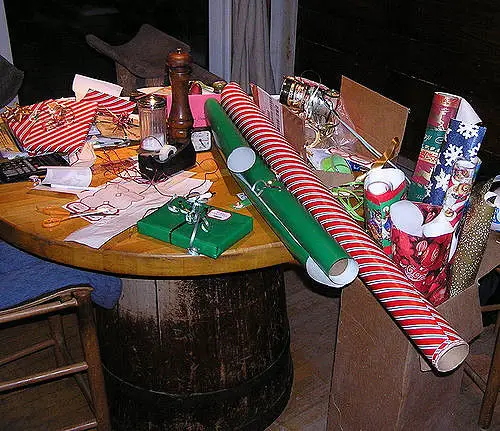
I remember once when I was working like a Trojan – long hours and long car journeys. I started wrapping after everyone was in bed late one Christmas Eve night, and I had a bottle of brandy. I managed to finish the wrapping, but I was found in the morning crumpled over the presents clutching a nearly-empty bottle. I got away with that by telling them that I was guarding the precious presents, and Santa never woke me at all. My head hurt for days.
Nobody knows it’s not a tradition until it is
I like traditions. The good thing is that nobody knows it’s not a tradition until it is, so you can make traditions up on the spur of the moment, and nobody argues against traditions. Especially at Christmas. I remember when my children were very little I used to hear about other families getting up early on Christmas morning, unwrapping everything, and then wondering what to do all day, because there was nothing to look forward to.
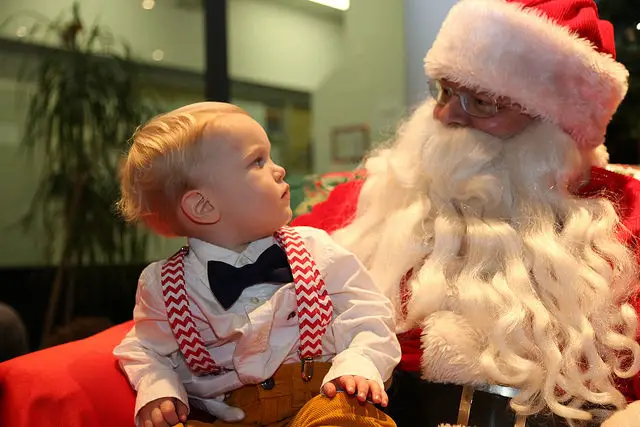
I didn’t want that to happen to my family, so I made up a tradition that happily worked very well with the Santa story. All the presents from us to us would be packed under the tree. We also had stockings, of course, and these were filled by Santa in the night with presents wrapped with different paper. In the morning the mince pie and carrots would all be eaten along with Christmas brandy (another tradition), and we would all settle down to open our stocking presents, delivered by Santa.
The children would quiver and drool and offer to help
The other presents would be left under the tree until after lunch was cooked and eaten, and everything was cleared away, and all the washing up done. Then we would sit down together and the youngest child would distribute all our family presents. This would be after 3:00 in the afternoon, so you could imagine how the children would shiver and drool and offer to help, just to get the time to pass quicker before the big moment.
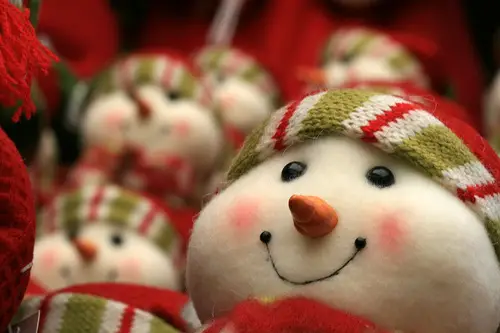
Even visiting family or friends would have to abide by this tradition, and I was gratified to notice that several of them adopted the practice themselves. As I’ve always said – “A pleasure deferred (but not too much!) is a pleasure gratified.” And my children would be amazed when their friends, who had opened everything, asked them what they were given and they said they had piles of presents yet to open. They also got to appreciate all the smaller presents given to them by Santa before opening the big ones.
“This’ll hurt me much less than it’ll hurt you!”
There’s a certain benign cruelty in parenting. I used to quote the old proverb to my children – “This’ll hurt me much less than it’ll hurt you!” I suppose it was the same idea that made my father bring back only one souvenir from his trip to the USA. It was a car bumper sticker. Here’s what it said – “If I had known that grandchildren would be so much fun, I’d have had them first!”
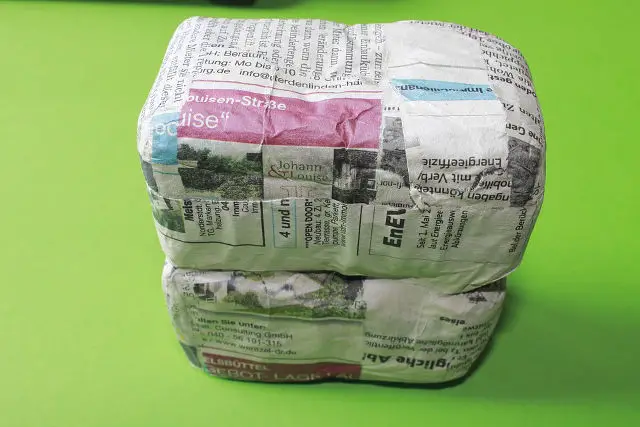
I remember one Christmas in the bumpy road of my life when I was rather short of money. I managed to collect together some presents, but didn’t have enough money for wrapping paper. So I just had to extemporise. I used anything that came to hand that was flat and not easily torn. There were pages from a book I despised, magazines, some sheets of plastic from various sources, a few sheets from an old wallpaper book I found, and various other things. These were wrapped at random around all the presents and secured together by lots of sellotape. I thought they were rather elegant, in a strange way.
The second kind of present lesson
One year I realised at the end of wrapping that I had used up all the paper and there was one present left. It wasn’t small either. I racked my brains, and noticed a small pile of left-over pieces of wrapping paper. I stuck them all together, tearing and snipping them to fit so they covered the maximum area, and wrapped the last present magnificently. If ever presents went into amateur dramatics, that present would have been able to audition for Joseph and the Amazing Technicolour Present-Wrapping.
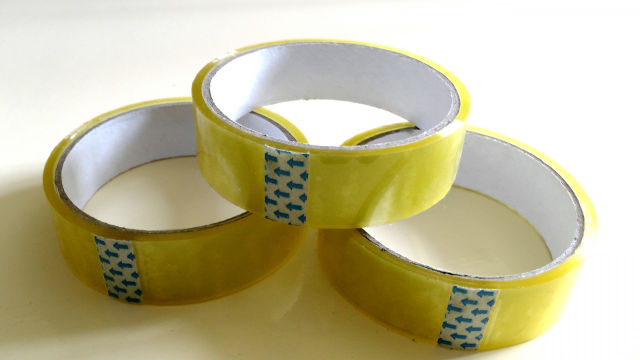
All of this has taught me two or three things. Sellotape is more important than paper, and it’s better to wrap a few days before Christmas, for the brandy consumption, if nothing else. By far the most important thing I’ve learned is the second kind of present lesson. There’s no joy in the world comparable to the process of finding things to give to loved ones, and keeping them secret, then wrapping them with paper and love (and lots of sellotape), then watching them open these very presents on Christmas Day.
Probably the most beautiful of human experiences
This is the most important lesson that Christmas teaches us, if we’re receptive and lucky. Loving, and giving, and doing special things for those we love is probably the most beautiful of human experiences. And opening them is pretty good too.
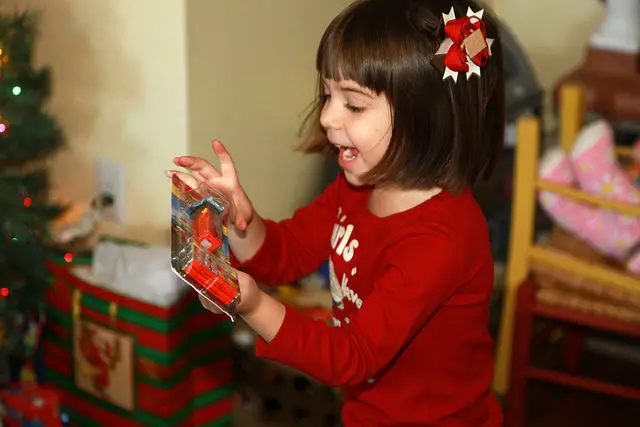
I hope you have (or have had) a wonderful Christmas, and that your presents are perfectly wrapped, enormously appreciated, and filled with Love.
If you have been, thank you for reading this.
Image: roxeteer under CC BY 2.0
Image: jcapaldi under CC BY 2.0
Image: stevendepolo under CC BY 2.0
Image: calliope under CC BY 2.0
Image: europedistrict under CC BY 2.0
Image: cyberlawcentre under CC BY 2.0
Image: bykst under CC BY 2.0
Image: Alex Borland – public domain under CC BY 2.0
Image: gardener41 under CC BY 2.0

